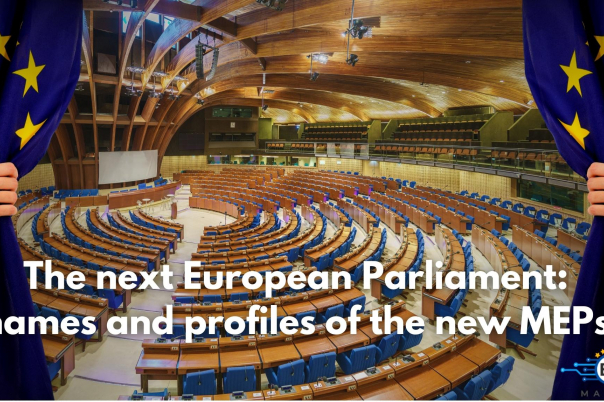Are you sure you want to perform this action?
Updates

Info pack: the likely 720 MEPs after the EP elections
As more parties announce their candidates for the EP elections, our info-pack on the EU elections now includes the names of over all likely future MEPs, as well as their professional and political background, legislative interests and policy orientations. The projection includes, of course, a decent margin of error.
If you are interested in accessing our info-pack, feel free to contact us at [email protected] and we will get back to you to discuss terms.
—--
Here's an overview on how the next EP will look like:
- New MEPs will make up about 54% of the next European Parliament. The bigger turnover is observed in Portugal, where only 1 MEP is set to be re-elected. Leadership changes in the main Portuguese parties have led to a massive “purge” of incumbent MEPs, despite the Portuguese MEPs having been among the most influential and high-performing MEPs during this term, according to our Influence Index. This is a new confirmation of the challenges that MEPs face in order to prove the relevance of their work in the national public space (at least in some countries).
- Germans are, once again, the most "conservative" in this respect: over 60% of the incumbents are set to be re-elected. This is due to highly “conservative” choices by CDU/CSU, SPD and the Greens, which decided to re-confirm most of their MEPs. Conversely, turnover is set to be higher in Italy (due to the significant changes in the balance of power between parties, compared to 2019) and France (where parties looked for outsiders to woo an increasingly dissatisfied electorate).
- Unsurprisingly, the highest turnover is projected for the groups that are gaining ground. 68% of ID MEPs are set to be newcomers, whereas for ECR we project 61% of new MEPs. For EPP and S&D, the share of new MEPs is set to be slightly under 50%, whereas in the Greens/EFA group, newcomers could be less than a third (31%).
- The share of female MEPs might decrease for the first time since 1979. Current trends indicate that women would make up about 39% of the next European Parliament, compared to 40% in the current EP. Women will likely be more represented in the Greens/EFA (around 49%), while the lowest share of women is projected to be in ECR (26%).
- MEPs younger than 40 are projected to be 16% of the next European Parliament (a sharp decrease compared to 2019). The highest share of young politicians will likely be found among the ranks of the Greens/EFA (37% young MEPs), followed by ID and Renew.
- Conversely, senior MEPs (above 60 years old) will make up about 18% of the next European Parliament (which is more in line with the results from 2019). The highest share of seniors is likely to be in the EPP (26%), followed by S&D and The Left.
If you are interested in tailored presentations to your groups about the EP elections or in tools to forecast and track EU policy-making contact us at [email protected].
